Propane Gas Camera
I did some experiments today with trying to detect propane using a 3.33um filter. This filter is selective for methane, which should be inside "natural gas" in detectable amounts. My first experiment was to see if I could see the gas coming from our stovetop. I set up the camera along with a quartz heater to use as a backlight, hoping to see if there was any methane in my city gas.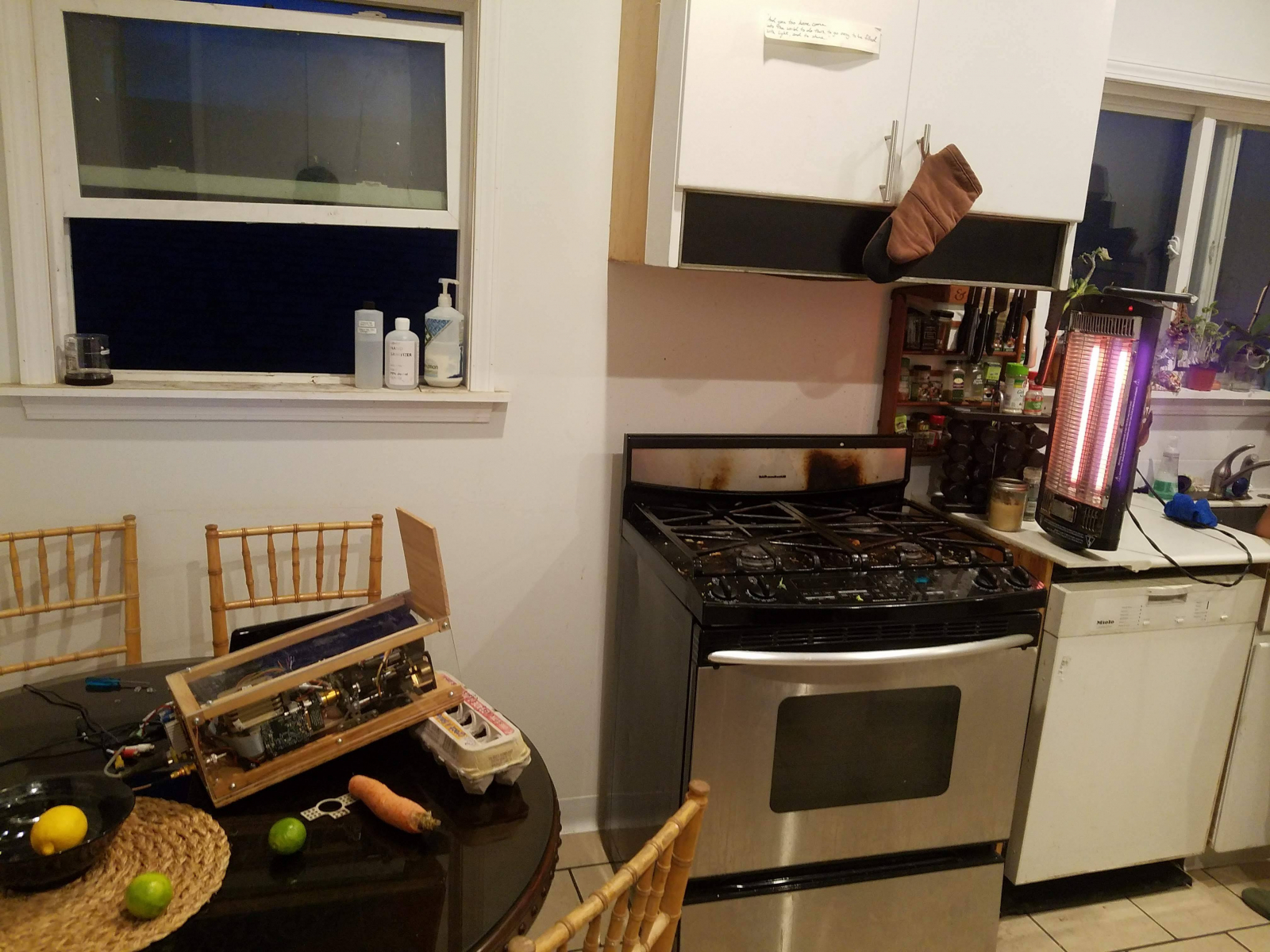 Unfortunately I didn't see anything at all. My guess is our gas must not contain any methane.
Unfortunately I didn't see anything at all. My guess is our gas must not contain any methane.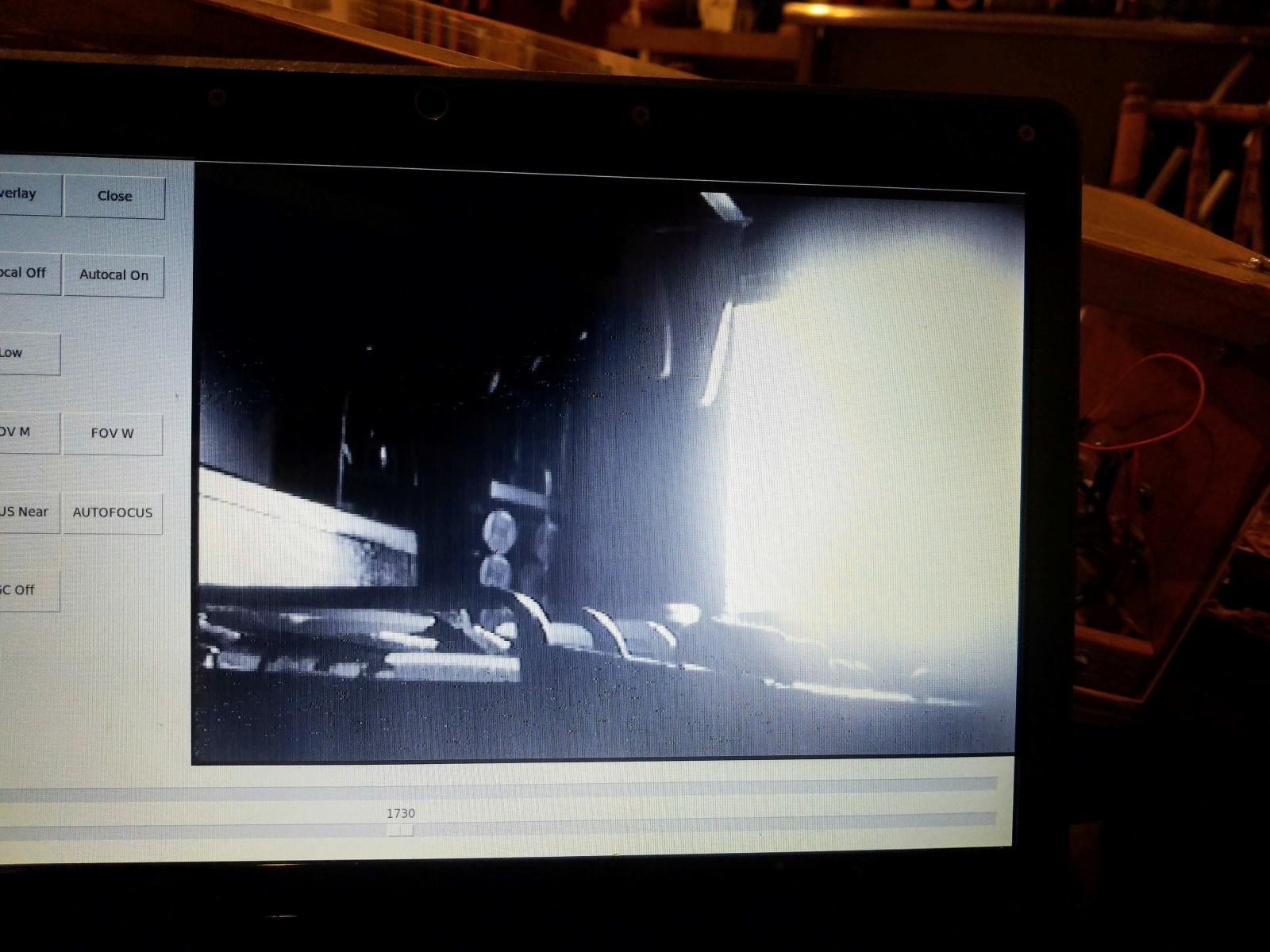 I did notice that gas from a propane bottle was just barely visible though, so I waited until the next day to see what more could be done outside in the sunlight.
I did notice that gas from a propane bottle was just barely visible though, so I waited until the next day to see what more could be done outside in the sunlight.
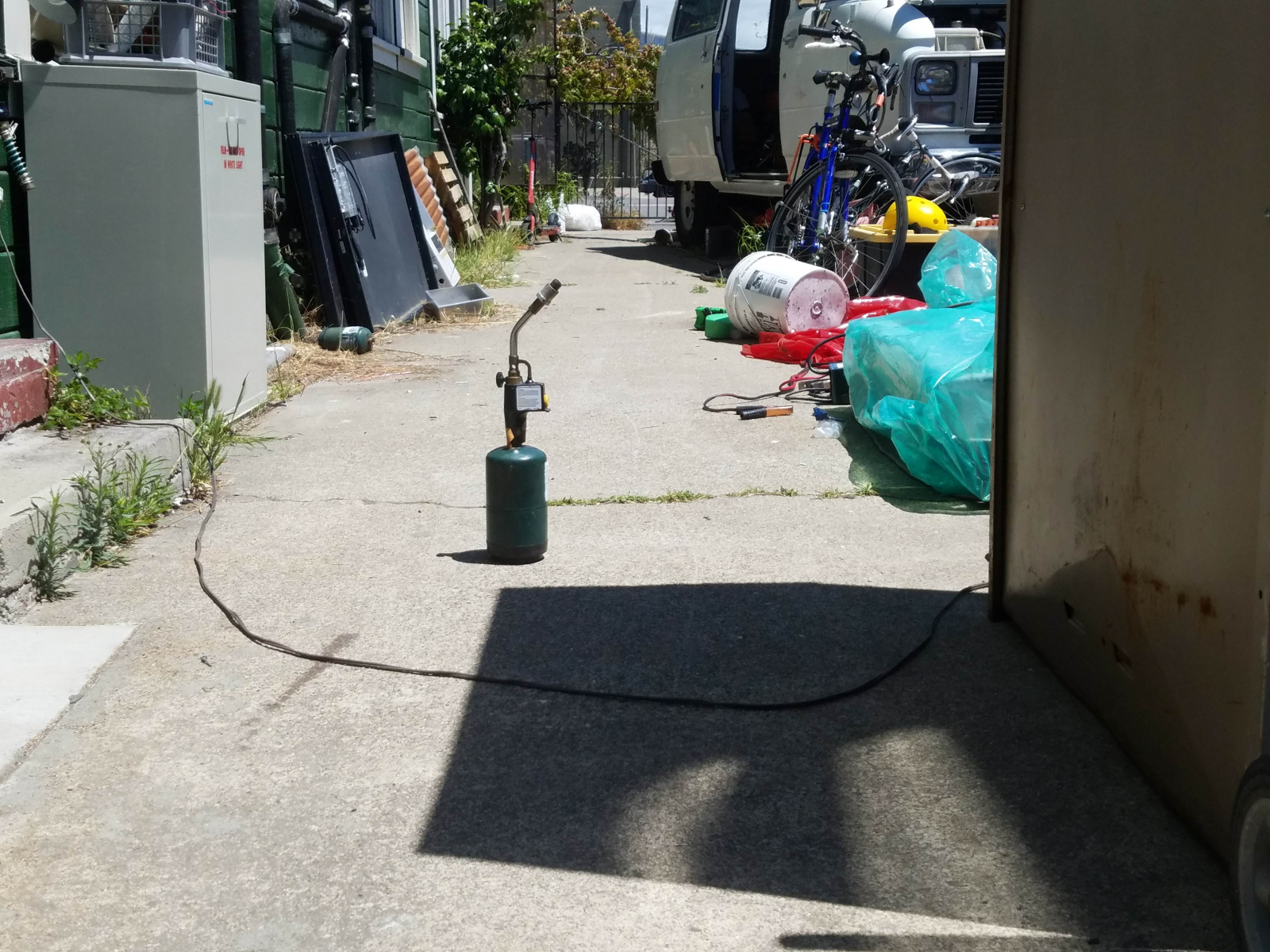 In infrared, the contrast is extremely high --almost looney tunes.
In infrared, the contrast is extremely high --almost looney tunes.  This is to be expected, since the black body radiation curve has a very strong dependence between temperature and emission in the 3-5 micrometer mid-wave IR range. This is why the military tends to use MWIR cameras, despite their significantly increased cost over long wave (LWIR) cameras.
This is to be expected, since the black body radiation curve has a very strong dependence between temperature and emission in the 3-5 micrometer mid-wave IR range. This is why the military tends to use MWIR cameras, despite their significantly increased cost over long wave (LWIR) cameras. 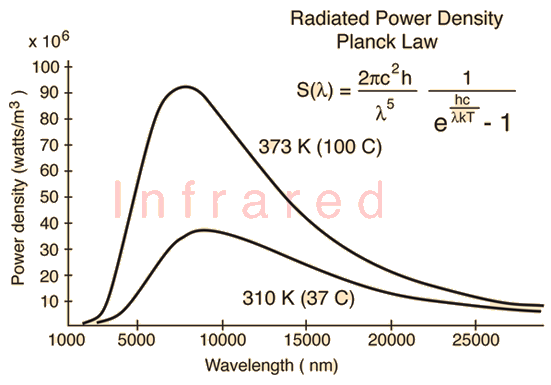 With the filter installed most of the contrast is immediately destroyed, and the image is very weakly resolved.
With the filter installed most of the contrast is immediately destroyed, and the image is very weakly resolved.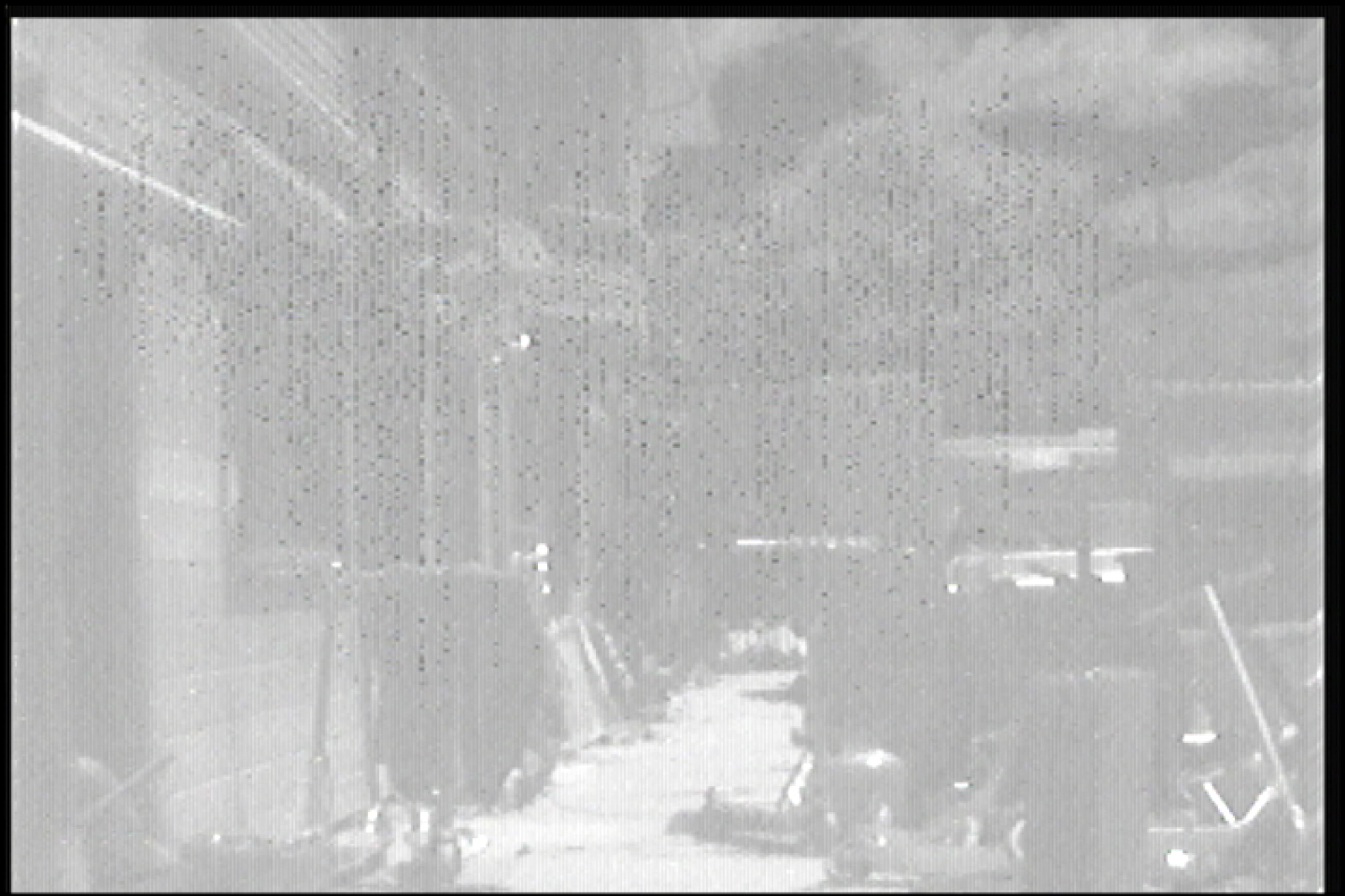 This could be for one of a few reasons:
It looks to me like the visibility of the gas might be improved by a schlieren technique that detects pixel motion between frames. Otherwise, it is almost impossible to see on anything except the concrete background. I have a zip folder of multiple exposures of the scene here, with and without a filter, for people who want to try using them for science! Maybe HDR scenes?
This could be for one of a few reasons:
It looks to me like the visibility of the gas might be improved by a schlieren technique that detects pixel motion between frames. Otherwise, it is almost impossible to see on anything except the concrete background. I have a zip folder of multiple exposures of the scene here, with and without a filter, for people who want to try using them for science! Maybe HDR scenes?


In Sunlight
I set up this scene in our driveway, using a small propane tank and the medium focal length lens for our camera.



- The filter is warm and glowing. While this is true, flat field calibration should normalize this out.
- The filter has low transmittance across all wavelengths (probably not)
- The filter has a very narrow pass band so only some variance in temperature is shown (most likely).